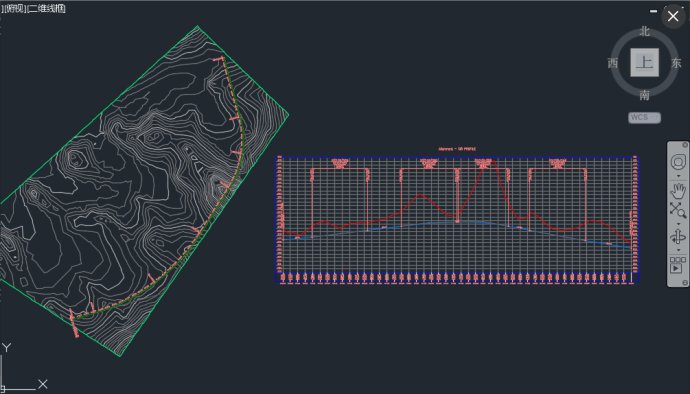
下载app免费领取会员


Design Approach of DW
Designing a data warehouse (DW) requires careful planning and consideration in order to ensure optimal performance and efficiency. The design approach of DW involves various steps and considerations, which are essential for creating a robust and reliable data warehousing solution.
1. Requirement Analysis:
The first step in the design approach of DW is to gather and analyze the requirements of the business. This involves understanding the data sources, the types of data needed, and the desired outcomes of the DW. It is crucial to involve key stakeholders and subject matter experts during this phase to ensure that the DW aligns with the organization's goals and objectives.
2. Data Modeling:
Data modeling is a critical aspect of designing a DW. It involves creating a conceptual and logical model that represents the structure and relationships of the data. The data model helps in organizing and categorizing the data into various dimensions and hierarchies. The design approach should consider both the present and future data requirements to ensure scalability and flexibility.
3. Extract, Transform, Load (ETL) Process:
The ETL process is responsible for extracting data from various sources, transforming it into a consistent format, and loading it into the DW. The design approach should focus on optimizing the ETL process to ensure efficient and timely data integration. This may involve implementing parallel processing, data cleansing, data validation, and error handling mechanisms.
4. Performance Optimization:
Performance optimization is a crucial aspect of DW design. It involves designing the DW to support fast query processing and reporting. This may include creating appropriate indexes, partitioning tables, and aggregating data to improve performance. The design approach should also consider implementing data compression techniques to reduce storage requirements and improve query performance.
5. Data Security and Governance:
Data security and governance are essential considerations in DW design. The design approach should incorporate mechanisms to protect sensitive data, such as implementing access controls, encryption, and data masking. It should also address data privacy and compliance requirements, ensuring that the DW meets regulatory standards and industry best practices.
6. Continuous Monitoring and Maintenance:
Once the DW is deployed, continuous monitoring and maintenance are required to ensure its optimal performance. This involves monitoring the system's health, identifying and resolving performance bottlenecks, and managing data quality. The design approach should incorporate appropriate monitoring and maintenance processes and tools to ensure the ongoing success of the DW.
In conclusion, the design approach of DW involves several crucial steps and considerations. From requirement analysis to continuous monitoring and maintenance, a well-planned and executed design approach is vital for building a successful and efficient data warehousing solution.
.jpg)
本文版权归腿腿教学网及原创作者所有,未经授权,谢绝转载。

推荐专题



















































